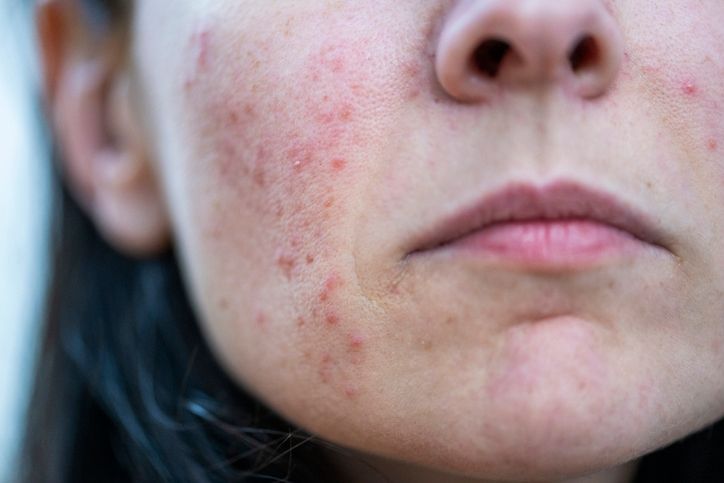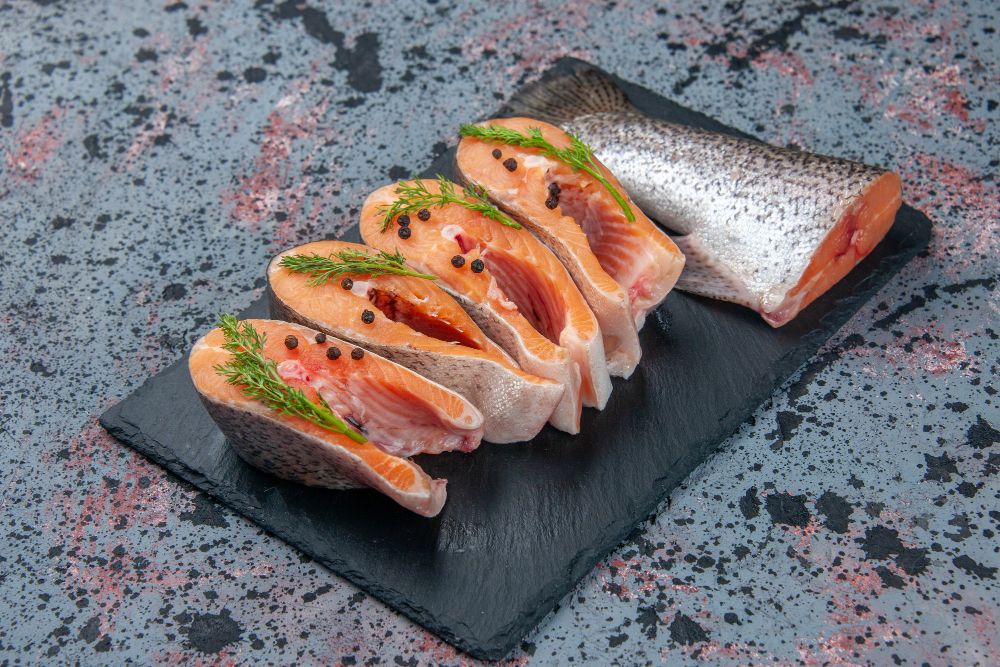
Author: Natalie Ng|Updated: 8 May 2025
To lose weight and keep it off, habits matter more than willpower. If you're following a keto diet, building a few key routines into your day can make all the difference. The ketogenic diet is more than just cutting carbs — it shifts your body into a metabolic state called ketosis, where your body burns fat for energy instead of glucose. That’s why so many people turn to keto weight loss plans when other diets haven’t worked. A low carbohydrate diet changes how your body handles food, affecting blood sugar, insulin sensitivity, and fat storage. But to stay in ketosis and avoid issues like the keto flu or nutrient deficiency, you’ll need more than just a list of high fat foods. Long-term success depends on what you do every day — from what you eat, to how you sleep, to how you manage stress. If you’re ready to improve metabolic health, support fat loss, and make your keto diet more sustainable, keep reading. These seven habits are simple but powerful.

Plan Your Meals and Prep Like a Pro
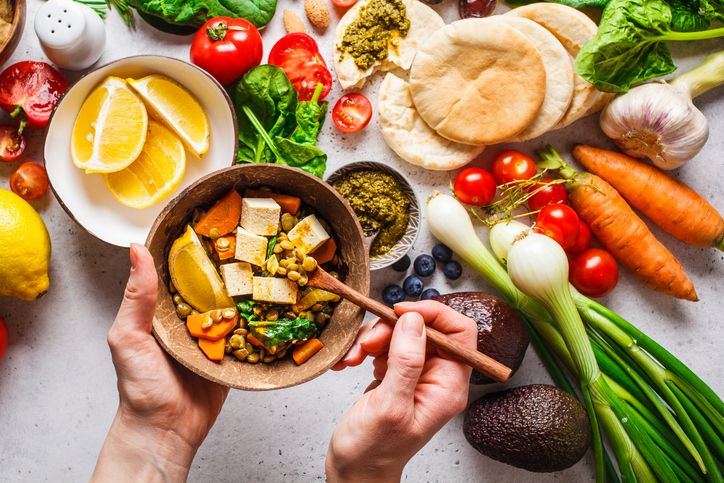
Build a simple meal routine that works
A low carbohydrate diet doesn’t have to be complicated, but it does require planning. If you want to stay in a metabolic state called ketosis, your daily food intake should come mainly from healthy fats, with moderate protein and very low carb intake. This helps your body burn fat instead of relying on blood sugar for energy. The more consistent your meals are, the easier it is to avoid going over your grams of carbs.
Make a weekly menu
Start by planning your meals for the week — breakfast, lunch, dinner, and snacks. Stick to high fat foods like avocado, olive oil, eggs, and fatty fish. Use lean protein or fatty meat depending on your protein intake needs. Avoid foods that raise blood glucose levels or throw you out of ketosis. Keep carbohydrate intake low by skipping bread, pasta, and other starchy options.
Prep in advance to stay on track
Use a few hours during the weekend to prep ingredients. Cook in bulk and portion meals into containers. Pre-wash non starchy vegetables, prepare your sauces, and portion nuts or cheese for quick snacks. This supports consistent food intake and reduces stress during busy days.
Use basic tools to avoid guesswork
A digital food scale and measuring cups help you track what you eat without guessing. This is especially important if you’re trying to reduce calorie intake, manage blood sugar, or avoid weight gain. It also helps prevent overeating high fat foods, which can slow fat loss if you're not careful.
Meal prep keeps your routine steady, supports fat burning, and makes it easier to manage your keto diet long-term. With a plan in place, it’s much easier to avoid food choices that can raise blood pressure, increase cholesterol levels, or slow weight loss.

Track Your Macros Without Obsessing
Use simple tracking apps
A ketogenic diet works best when you keep a steady balance of fat, protein, and carbs. To stay in ketosis and support fat loss, it helps to track your food intake. But this doesn’t mean you need to spend hours logging every detail. Apps can simplify the process and help you stay consistent without adding stress.
Choose a tracking app that supports a low carbohydrate diet and shows net carbs. Many apps also scan barcodes, remember your usual meals, and let you save recipes. These features make it easy to stay within your daily carb intake and keep your fat and protein intake in check. Over time, logging your meals becomes a quick habit that supports sustainable keto weight loss.
Keep weekly macro logs
Tracking macros every day works for some people, but it can feel too strict for others. A weekly log is a better fit if you want more flexibility. This means focusing on your average intake over the week, rather than trying to hit the exact target daily.
Use a spreadsheet or app to review your weekly food intake. If you go over your carb limit one day, you can balance it the next. The goal is to maintain a consistent metabolic state while avoiding pressure. Weekly tracking helps you see long-term trends and keeps your focus on progress, not perfection.
Balance over perfect numbers
Keto weight loss doesn’t depend on perfect tracking. Instead, it's about keeping the right structure with enough flexibility to stick with it. Aiming for close estimates — like staying within 5–10% of your macro goals — is enough for most people. You’ll still burn fat, support metabolic health, and improve insulin sensitivity without rigid rules.
Trust your hunger cues and adjust your portions when needed. Allow some flexibility for social events or meals out. As your awareness grows, you’ll learn how your usual meals fit your keto goals, helping you stay in ketosis and support weight loss without obsessing.
The right tracking routine helps manage calorie intake, avoid high carbohydrate foods, and maintain a low blood sugar level — all without overthinking.
Book Now to Experience
S6 Body Sculpting Treatment
1 Minute Self-Registration
Date should not be before minimal date

Master Mindful Eating Practices
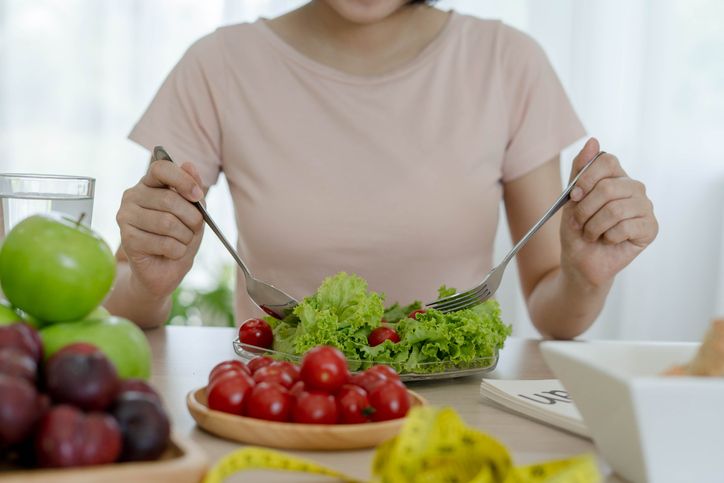
Eat with attention, not distraction
Mindful eating supports weight management and helps prevent overeating — both important for anyone following a keto diet. When you pay attention during meals, you’re more likely to recognize when you’re full, which helps reduce food intake without relying on willpower alone.
Start by removing distractions. Turn off your screens, put away your phone, and sit down for your meals. Focus on the taste, texture, and smell of what you're eating. Slowing down helps you tune into your hunger and satiety signals, which can prevent mindless snacking and emotional eating.
Support your keto goals through structure
Keto weight loss depends on maintaining a metabolic state called ketosis, and this is easier when your eating routine is steady. Instead of eating on the go or skipping meals, create a simple schedule. Set regular times for meals and snacks, especially during the adjustment period when blood sugar changes can trigger cravings.
Eat high fat foods like avocado, olive oil, or nuts alongside lean protein or fatty meat. Avoid grazing throughout the day, which can raise blood glucose levels and interfere with fat burning. Building this kind of structure around food helps your body stay in ketosis and improves your chances of long-term success.
Strengthen your connection to food
Keto is not just about what you eat — it's also about how you eat. Practicing mindfulness at meals can help prevent common problems like overeating protein, relying too much on processed keto snacks, or eating past fullness. Over time, this helps improve metabolic health, reduce cravings, and support fat loss without needing a restrictive diet.
Mindful eating also lowers stress at mealtimes, which can positively affect insulin sensitivity and cortisol levels — both important for weight loss. With practice, it becomes easier to enjoy food while keeping your low carbohydrate diet on track.

Build a Sustainable Exercise Routine

Start small, progress gradually
Exercise supports keto weight loss by helping the body burn fat and improve insulin sensitivity. But if you’re starting a low carbohydrate diet, your body needs time to adjust. Jumping into intense workouts too soon can leave you tired and discouraged, especially during the first few weeks of ketosis.
Begin with low-impact activities that are easy to maintain. Walking, stretching, or yoga just a few times a week can improve blood flow, support metabolic health, and reduce stress. As your energy levels improve and your body adapts to using fat for energy, you can slowly increase workout intensity and duration.
Focus on steady progress:
• Start with 10–15 minute sessions, three times a week
• Add 5 minutes every couple of weeks
• Begin with bodyweight movements before using resistance or weights
This simple, gradual approach lowers your risk of injury, supports fat loss, and helps build habits that last.
Find your movement style
You don’t need to follow a specific fitness trend to support keto weight loss. The best workout is one you enjoy. That might be swimming, cycling, strength training, or hiking — anything that gets you moving and fits into your weekly schedule.
Try different types of activity until you find something that feels right. Some people prefer solo routines, while others enjoy group classes. Pay attention to when you feel most energetic — early morning or after work — and plan your sessions then.
With a consistent, enjoyable routine, your body mass index can improve, and you’ll support your keto goals without feeling like exercise is a chore. Just remember to stay hydrated and replace electrolytes, especially if you sweat more or exercise during the early stages of the ketogenic diet.
5. Prioritise Quality Sleep and Lower Daily Stress
Poor sleep disrupts your progress
Keto weight loss depends on more than just food and exercise. Sleep plays a key role in fat loss, metabolic health, and hunger regulation. When you don’t get enough sleep, your body produces more cortisol — a hormone that can increase appetite and raise blood sugar. Over time, this may lead to weight gain or make it harder to stay in ketosis.
Aim for at least 7 to 8 hours of sleep each night. Try to go to bed and wake up at the same time every day to help balance your internal clock. This steady rhythm helps regulate hormones that control your appetite and metabolism, including insulin.
Manage stress to support ketosis
Chronic stress affects your body's ability to burn fat. High cortisol levels can raise blood glucose levels and increase cravings for carb-heavy foods — which work against the goals of a low carbohydrate diet.
To reduce stress:
• Set clear work and rest boundaries
• Build in breaks throughout the day
• Spend time outdoors or do light movement like stretching or walking
• Get enough magnesium from leafy greens or supplements to support relaxation
This helps lower cortisol, improve sleep, and support a stable metabolic state where your body burns fat for energy.
Create a nighttime routine that works
To sleep better, avoid caffeine in the afternoon and reduce screen time in the evening. Keep your room dark, quiet, and cool. Avoid eating large meals too close to bedtime, especially foods high in protein or saturated fat, which may interfere with digestion.
Getting better sleep and managing stress won’t just support your ketogenic diet — they’ll also improve blood pressure, cholesterol levels, and overall weight management. These simple daily choices help your body recover, regulate hormones, and stay in a fat-burning state.

Stay Hydrated and Keep Electrolytes in Balance
Why hydration matters on a keto diet
A ketogenic diet lowers your carb intake, which changes how your body holds water. When your glycogen stores drop, your body releases more water — along with key minerals like sodium, potassium, and magnesium. This can lead to common issues like fatigue, dizziness, or muscle cramps, especially early on. These symptoms are often called the keto flu.
Drinking enough water helps prevent dehydration and supports fat loss, digestion, and normal blood pressure. A simple goal is to drink at least half your body weight in ounces of water daily. For example, if you weigh 140 pounds, aim for about 70 ounces per day.
Replace lost electrolytes daily
Along with water, you need to replace electrolytes to support your body’s balance. This helps you avoid side effects and stay in a steady metabolic state. These are the key electrolytes to track:
| Electrolyte | Daily Range |
|---|---|
| Sodium | 3000–5000 mg |
| Potassium | 3000–4000 mg |
| Magnesium | 300–400 mg |
| Calcium | 1000–1300 mg |
You can get these minerals from keto-friendly foods like:
• Avocados (potassium)
• Leafy greens (magnesium and calcium)
• Bone broth (sodium and other minerals)
• Nuts and seeds (magnesium and healthy fats)
If you’re still feeling tired or lightheaded, add a pinch of salt to your water or use a sugar-free electrolyte supplement.
Adjust as your activity changes
If you sweat more due to exercise or hot weather, your need for water and electrolytes increases. Keep a refillable water bottle nearby and sip consistently throughout the day. This habit supports metabolic health, reduces your risk of high blood pressure, and helps your body burn fat efficiently on a low carbohydrate diet.
Book Now to Experience
S6 Body Sculpting Treatment
1 Minute Self-Registration
Date should not be before minimal date

Create a Kitchen That Supports Your Keto Goals
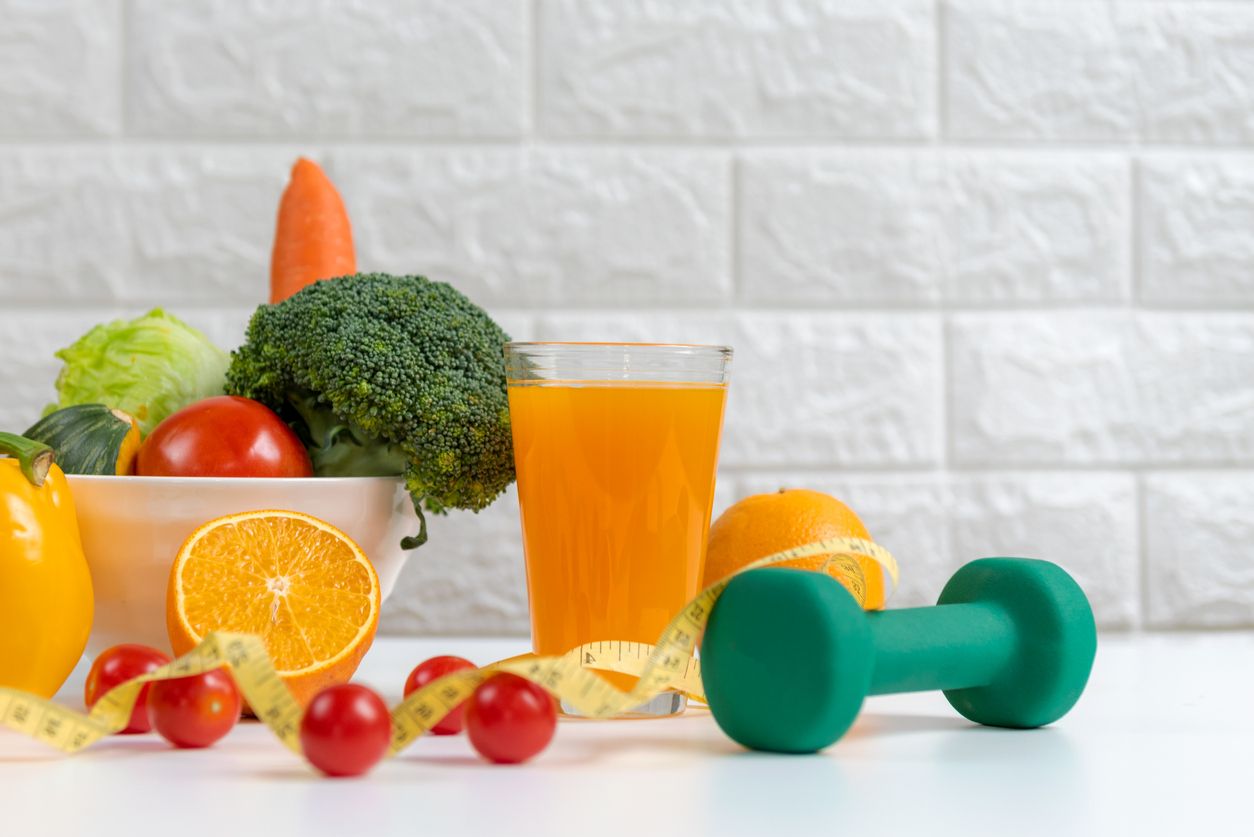
Set up your space for success
Your environment influences your choices. If your kitchen is stocked with high carb snacks, it’s harder to stick to a low carbohydrate diet. But if it’s filled with keto-friendly foods, you’ll be more likely to make choices that support ketosis, fat loss, and better metabolic health.
Start by clearing out foods that don’t fit your ketogenic diet — bread, pasta, chips, sugary drinks, and processed snacks. Replace them with whole foods that are high in healthy fats and low in carbs.
Stock your kitchen with:
• Non starchy vegetables like spinach, zucchini, and cauliflower
• Healthy fats including olive oil, coconut oil, and avocado
• Fatty meat and lean protein options like eggs, poultry, and fish
• Keto staples like nuts, seeds, cheese, and full-fat dairy
Organise for easy meal prep
Make it simple to cook and portion your meals. Keep food containers, measuring tools, and your food scale in easy-to-reach spots. Label shelves for fats, proteins, and low carb ingredients so you can prep faster and avoid confusion.
Put fresh produce and pre-cooked proteins at eye level in the fridge. This reduces decision-making stress and keeps your food intake in line with your keto weight loss goals. You’re more likely to eat what’s easy to access, so set yourself up to succeed.
Keep keto-friendly backups on hand
Busy days happen. Having quick options available keeps you from reaching for high carb foods. Store hard-boiled eggs, sliced cheese, olives, and portioned nuts in small containers for fast meals or snacks. Keep frozen non starchy vegetables, fatty fish, and keto soups in the freezer as backup.
A kitchen that supports your eating habits makes it easier to maintain ketosis, regulate blood sugar, and avoid spikes in food intake. Small changes in how you store and access food can support weight management and long-term results on a high fat diet.

Boost Your Results With S6 Body Sculpting Treatment
Following a ketogenic diet helps your body shift into a fat-burning metabolic state, but even with keto weight loss, stubborn fat in certain areas can be slow to respond. If you’re already seeing changes from your low carbohydrate diet but want to enhance fat loss in specific body parts, S6 Body Sculpting Treatment may help.
This non-invasive treatment is designed to support fat reduction in areas that often resist change — like the belly, thighs, arms, and back. When paired with a consistent keto diet, S6 can help shape your body more efficiently and support overall weight management.
How the treatment works
S6 Body Sculpting Treatment uses low-energy bio-laser technology combined with vacuum suction. The laser penetrates subcutaneous fat and breaks down fat cells by triggering the release of fatty acids. These are then removed through your body’s natural lymphatic system. The vacuum suction helps speed up this process by stimulating circulation and improving metabolic rate.
Each session also encourages collagen production, which helps firm the skin in the treated area. This reduces the chance of loose skin after fat loss — a common issue after significant weight reduction.
Why pair S6 with a keto lifestyle
The ketogenic diet already shifts your body to burn fat for energy instead of glucose, which leads to significant weight loss and improved insulin sensitivity. S6 Body Sculpting builds on this by targeting specific areas where stored fat is more difficult to eliminate through diet alone. It’s especially useful if you're already following a high fat, low carbohydrate diet and want to speed up visible changes in your body shape.
This treatment is safe for most people, requires no surgery or downtime, and aligns well with the goals of a sustainable low carb lifestyle. You can return to normal activities right after each session. A full course usually includes 10–12 sessions, spaced about a month apart.
What you’ll gain
• Targets stubborn fat that diet alone may not reduce
• Enhances the visible effects of your keto diet
• Supports collagen production for firmer skin
• No recovery time, injections, or medications
• Suitable for people aiming for weight reduction without a restrictive diet
S6 Body Sculpting can complement your ketogenic lifestyle and help you get closer to the shape you want — especially in areas where high fat diets and exercise may not be enough. It’s a practical choice for people who want to refine their results and improve metabolic health without surgery.
Book S6 today and take your keto weight loss journey to the next level.Book Now to Experience
S6 Body Sculpting Treatment
1 Minute Self-Registration
Date should not be before minimal date
FAQ
1. Can I build muscle while following a ketogenic diet?
Yes, it’s possible to build muscle on a ketogenic diet by adjusting your protein intake and including strength training in your routine. While the focus is often on high fat foods and low carbohydrate intake, moderate protein is essential for muscle repair and growth. Choose high quality lean protein sources like eggs, poultry, and fatty fish. Consistency with training and overall calorie intake will determine your results. If your goal is both fat loss and muscle gain, ensure your food intake supports both goals without exceeding your carb limits, which could disrupt ketosis.
2. Why am I not losing weight on keto even though I'm in ketosis?
Being in a metabolic state called ketosis doesn’t automatically guarantee weight loss. Factors such as high fat intake, excessive calorie intake, poor sleep, and stress can affect progress. Even though a ketogenic diet may reduce appetite naturally, it’s still possible to consume more calories than your body needs. Tracking food intake and watching your portion sizes can help. Also, if you're consuming unhealthy fats or processed “keto-friendly” foods, they may slow down your results. Focus on nutrient-dense whole foods and adjust your macro balance as needed.
3. How does a keto diet impact cholesterol levels and heart disease risk?
A well-formulated ketogenic diet may improve some cardiovascular markers, such as lowering triglycerides and increasing HDL (good cholesterol). However, depending on individual responses and the types of fat consumed, it may raise LDL (bad cholesterol) in some people. To reduce your risk of heart disease, prioritize healthy fats like olive oil, avocado, and nuts, and avoid too much saturated fat and processed meats. Regular check-ups and blood work are recommended if you're following a high fat diet long-term, especially if you have existing cardiovascular concerns.
4. How much weight can I expect to lose in the first month of keto?
Weight loss varies, but many people experience a drop in body mass index and water weight in the first week due to reduced carbohydrate intake. In the first month, weight loss may range from 2 to 6 kg, depending on starting weight, food intake, and physical activity. Initial weight loss often includes water, but fat loss increases as your body adapts to using fat for energy. Sustainable weight reduction depends on maintaining the diet, managing calorie intake, and improving metabolic health over time.
5. Is intermittent fasting required on a ketogenic diet?
No, intermittent fasting is not required, but it can support keto weight loss by helping regulate blood glucose levels, reduce food cravings, and promote fat burning. When combined with a ketogenic diet, it may enhance ketone production and improve insulin sensitivity. Common fasting patterns include 16:8 or 18:6 time-restricted eating. It's important to listen to your body — fasting should feel manageable and not forceful. It can be especially helpful if you’ve hit a plateau or want to reduce overall calorie intake naturally.
Recommended Articles
COPYRIGHT© NEW BEAUTY MANAGEMENT LIMITED 2025. ALL RIGHT RESERVED.

